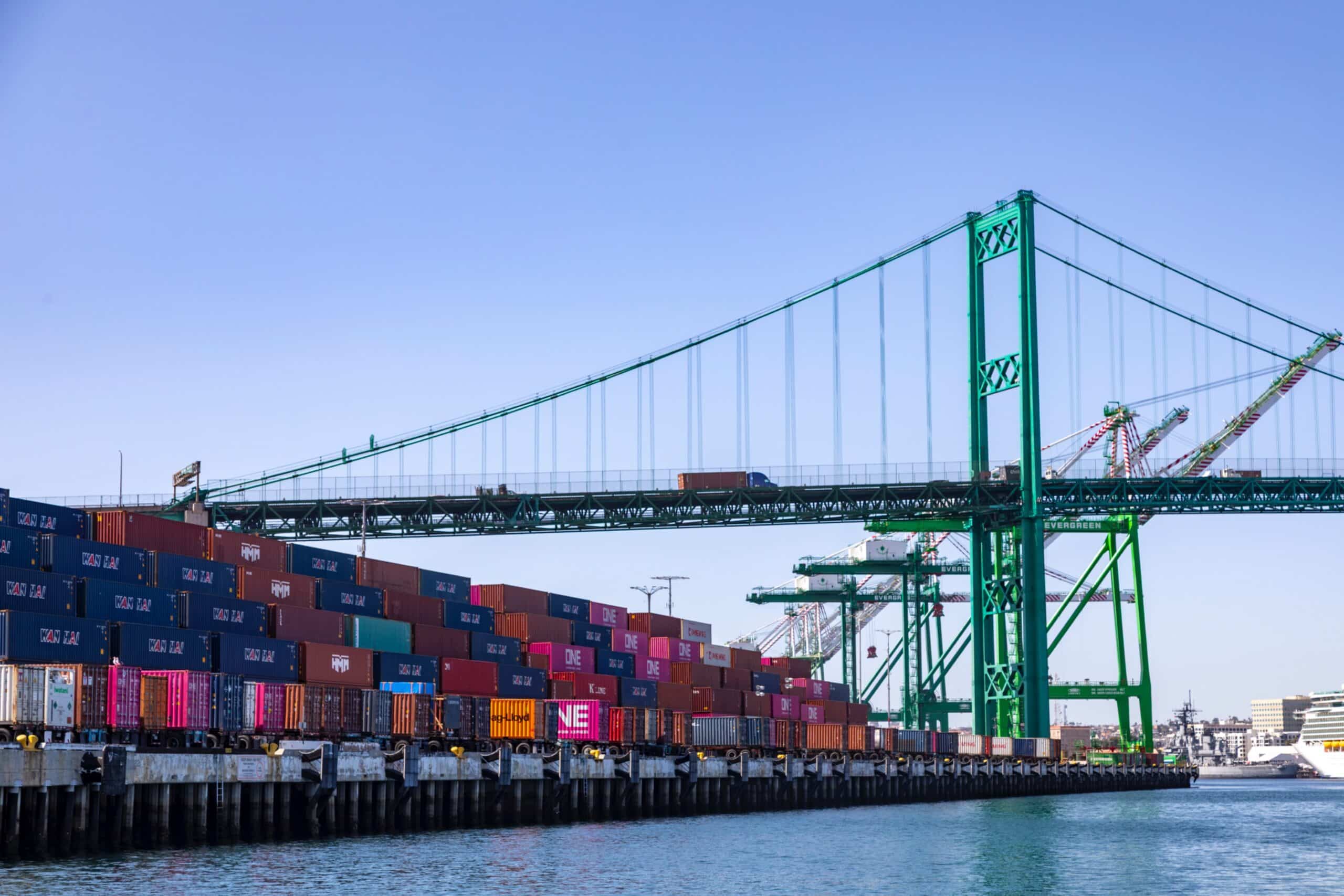Freight to Dodge Worst of US Port Fees Thanks to Workarounds
US Port Fees: Shipping Firms Adapt Quickly

Starting October 14, the United States will impose significant fees on large Chinese vessels docking at its ports, a move aimed at reshaping global trade dynamics. However, industry experts predict that the impact on freight rates will be limited as shipping companies explore various strategies to mitigate these costs. Niels Rasmussen, chief shipping analyst at Bimco, notes that while approximately 35% of the global fleet could be affected, importers and exporters are unlikely to see substantial changes in shipping costs.
Shipping Industry’s Response to New Fees
The upcoming fees, announced by the Office of the United States Trade Representative, are part of a broader strategy by the Trump administration to counter China’s growing influence in global trade, particularly in shipbuilding. Nearly 25% of ships currently in operation were constructed in China, making this a significant target for the U.S. government. In response, shipping companies are rapidly adjusting their operations to avoid the financial penalties associated with these new charges.
To minimize the impact, many firms are reshuffling their fleets, ensuring that China-built vessels do not dock at U.S. ports. This proactive approach is expected to help stabilize freight rates, according to Rasmussen. Additionally, shipowners and charterers are revisiting leasing contracts to determine responsibility for the new port fees. Some companies are even dissolving leasing agreements with Chinese entities and exploring alternative ownership arrangements for their vessels.
Major shipping lines, including A.P. Moller-Maersk and CMA CGM, have pledged not to impose surcharges on their services despite the new fees. Rasmussen reassures U.S. importers and exporters that they should not anticipate rising freight rates in the immediate future. However, he does warn that confusion surrounding the implementation of these fees could lead to temporary increases in costs.
Market Dynamics and Future Implications
According to Bimco, U.S. markets currently account for only 9% to 19% of global ship demand. Furthermore, 16% to 24% of U.S. imports and exports are transported on vessels that may fall under the new trade measures. This limited market share suggests that while the fees may create ripples in the shipping industry, the overall effect on global trade could be minimal.
As the shipping industry continues to adapt to these changes, the focus remains on maintaining operational efficiency and cost-effectiveness. The ability of shipping firms to navigate these challenges will be crucial in determining the future landscape of international trade. With ongoing adjustments and strategic planning, the industry aims to weather the storm of new regulations while keeping freight rates stable for U.S. businesses.
